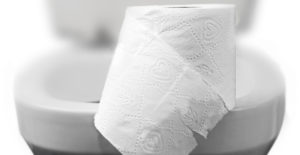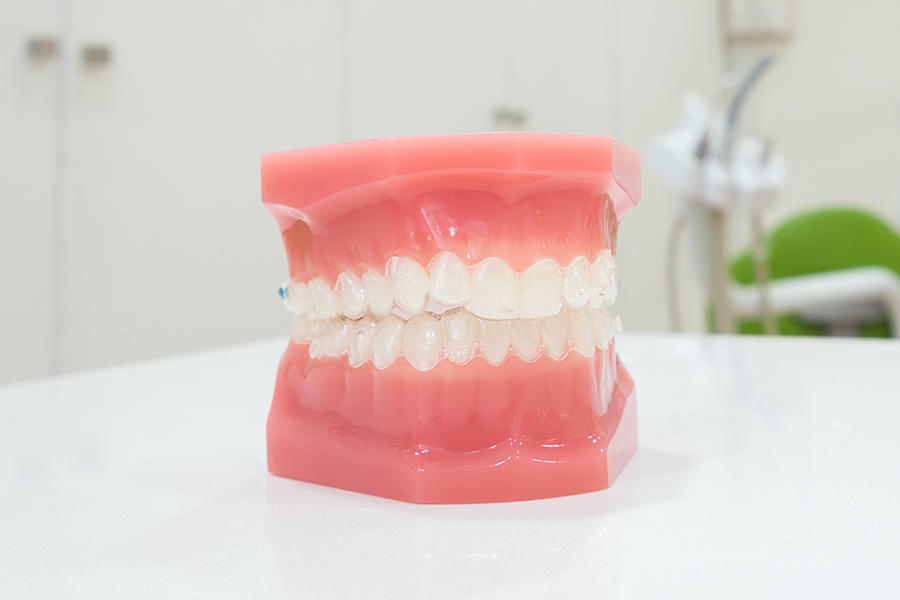What is a Bladder Prolapse?

A bladder prolapse is a condition in which the bladder falls into the vagina as a result of weakened supportive tissue. It is also referred to as an anterior prolapse or cystocele. Bladder prolapse can range in severity, and surgery may be necessary. Here’s a look at the causes, symptoms, risk factors, and treatment of a bladder prolapse.
Cause
Bladder prolapse is, obviously, an issue more exclusive to women. The muscles, ligaments, and other connective tissue of the front vaginal wall can grow weak over the years. The bladder, without that support system, then slips or drops down and puts pressure on the vaginal walls. The physical strain of pregnancy and giving birth can increase this risk. Other causes of a bladder prolapse include straining during bowel movements as a result of chronic constipation; frequent or repetitive heavy lifting; bearing excessive weight on the frame (obesity); or even a severe, chronic cough.
Symptoms
Bladder prolapse can encompass a range of symptoms from so mild it is unnoticeable, to more extreme and painful issues. According to the Mayo Clinic, severe bladder prolapse can result in “a bulge of tissue that protrudes through your vaginal opening and may feel like sitting on an egg.” Your bladder may not fully empty after going to the bathroom, which can lead to persistent bladder infections for some women. Sex can become uncomfortable and it may be difficult to control urination during intercourse.
Diagnosis
Diagnosis of bladder prolapse generally entails a physical exam, bladder and urine tests, and a verbal or written assessment of the exact symptoms occurring. A bladder prolapse can be visible to your doctor during a physical exam, which may be performed prostrate as well as upright. The Mayo Clinic also mentions it may be necessary to contract your pelvic floor muscles to see what degree of strength is maintained in those muscles.
Bladder and urine tests are generally reserved for more severe cases; the intent is to deduce how fully your bladder empties during urination. If it is not as efficient as normal, you may be checked for a bladder infection. The goal is to see to what extent your qualify of life is being affected. This can play a big role in deciding on which courses of treatment to pursue.
Treatment
Minor cases of bladder prolapse can be treated without surgery if the condition doesn’t worsen. You can do things like pelvic floor exercises (kegel exercises); if these prove ineffective, estrogen therapy or a pessary may be good options. A pessary is a removable ring inserted through the vagina that can provide extra support for the bladder; it also appropriate as a good alternative. Estrogen therapy is more often utilized for post-menopausal women as it helps keep pelvic muscles strong.
Surgery may recommended if a bladder prolapse is severe enough to interfere with your quality of life. Surgery for a bladder prolapse is performed through the vagina; it entails lifting up the bladder while removing the extra tissue that has become stretched and less supportive, and re-tightening the supportive tissue. Grafts can be an effective means of providing this additional support. If you are concerned that you may be experiencing bladder prolapse, talk to your doctor as soon as possible to get started on the best course of treatment for you.







